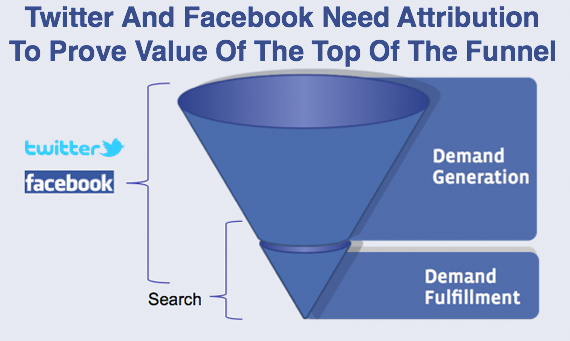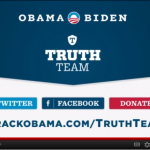The final weeks of the US presidential campaign pulled out all the stops. Brilliant advertisements in every form of video available targeted made for every voter segment. The Obama team’s internet presence, again, was far superior to the republicans who put the ‘Old’ in GOP. Here are some the best strategies displayed in the Obama team’s online presence.
Make the call to action easy and not annoying
The Obama video’s made an interesting use of links on its Youtube videos. Instead of Youtube’s standard 10-point Arial font grey balloons, the link buttons were superimposed on top of graphics contained in the video. The screen shot shows one example, but there were at least five or so variants, some pointing to websites that corresponded to particular segments or campaign themes, which were relevant to the video content. The buttons always had the same look and feel, but were just different enough to be noticeable (or may just be the result of experimentation). Interestingly, the Donate and Sign Up buttons don’t really show up on the non-partisan videos likely targeted at undecided voters. (The links have been removed since the campaign is over).
These were undoubtedly less irritating than traditional interruption advertising and certainly less desperate in tone than most of the political advertising I’ve received. The links bring you directly to donating or signing up without having to fuss with URLs and navigating a website, making that purchase funnel as smooth as possible.
Mass Niche Marketing
The Obama team has produced thousands of videos over the years. It’s fascinating how they cater to different states, campaign themes, demographic segments, emotional triggers, and even different languages. They are aiming to get the advantages of extremely targeted marketing, but they still want to sell to everyone.
No longer limited to traditional carpet-bombing television advertising, they can provide a set of sharable viral-quality videos that are searchable or organized by theme. And the multiple themes continues into campaign websites as well. The Keeping His Word Youtube theme connects to keepinghisword.com, non-partisan videos tie to vote.barackobama.com, partisan messages link to barackobama.com or barackobama.com/joe-biden, and so on.
Political marketers now have new challenges, such as keeping their message consistent. For example, you wouldn’t want to get caught saying one thing (such as 47%) to one audience and another thing to everyone else. With the fast moving world of presidential politics, the site does take videos down if the messages are getting stale or may now work against the Obama team if some underlying factor has changed such as public opinion or the unemployment rate.
Coordinated Endorsements
At least 30% of Obama’s Youtube videos don’t really feature either Obama or Romney. Many of the videos feature an endorsement from a celebrity, campaign worker, or ‘regular’ person that focuses on a single issue or segment. These videos, while produced by the campaign, leverage the most influential members of Obama supporters.
Endorsers perform the same function as creators. They are effective at utilizing the social influence of the endorser. I can’t think of any brands that would get as many celebrity endorsements as democratic presidential candidates, but it is fascinating how well done these are. LGBT celebrities discuss LGBT issues, a Miami mayor speaks to latinos, Will Ferrell produces a sharable video for frat boys, and countless veterans and regular folks shares their stories. At no time do you start to think that people are being pressured to say media-polished statements, but at the same time they regularly hit their key campaign messages and target segments.
Meanwhile, Bill Clinton and John Kerry and other politicians take on the role of critics of Romney, so that Obama can focus on positive music-backed speeches.
In addition, as this From the Field video shows, the Obama campaign had an army of volunteers phoning up undecided votes across the country. That Obama team is also dominating conversations on every social media platform in existence.
In short, while these are produced will billions of dollars of backing and by a single group, they communicate that Obama is backed by a community of regular Americans.



